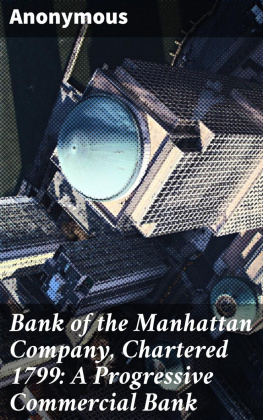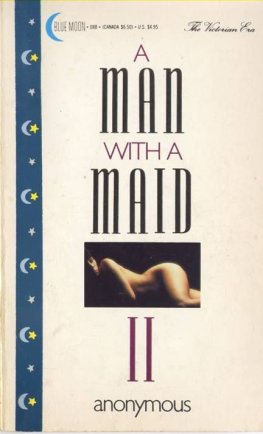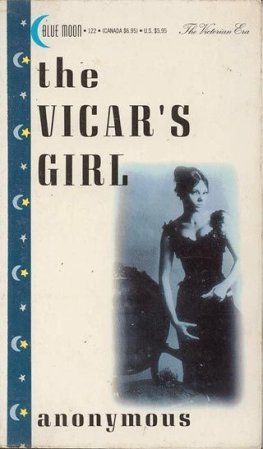CHARTERED 1799
A PROGRESSIVE COMMERCIAL BANK
Table of Contents

Chief of the Manhattans
40 WALL STREET
NEW YORK
Table of Contents
On May 8th, 1799, the Committee of By-Laws reported "that they had devised a common seal for the Corporation, the description of which is as follows:
"Oceanus, one of the sea Gods, sitting in a reclining posture on a rising ground pouring water from an urn which forms a river and terminates in a lake. On the exergue will be inscribed 'Seal of the Manhattan Company.'"
There are nine banks now in existence whose history reaches back into the Eighteenth Century. Of these, two are in Massachusetts, two in Connecticut, one in Pennsylvania, one in Delaware, one in Maryland and two in New York.
Corporate banking in New York began with the organization of the Bank of New York by Alexander Hamilton in 1784, which received its charter in 1792. For fifteen years this bank, together with the New York branch of the first Bank of the United States, were the only banks doing business in either the City or State of New York. With Hamilton and the Federals in control of the Legislature, new bank charters were unobtainable. This monopoly of banking facilities in the City and State was of great strategic value to the political party in control, and naturally aroused jealousy and resentment among the members of the opposition, whose leader was Aaron Burr.

EXCERPT FROM CHARTER
In 1798 New York City suffered from a severe yellow fever epidemic, which was attributed to an inadequate and inferior water supply. Upon the assembling of the Legislature in 1799, an association of individuals, among whom Aaron Burr was the moving spirit, applied for a charter for the purpose of "supplying the City of New York with pure and wholesome water." With a capital of $2,000,000, the project was an ambitious one for those days, and, as there was considerable uncertainty about the probable cost of the water system, a clause was inserted in the charter, permitting the Company to employ all surplus capital in the purchase of public or other stock or in any other monied transactions or operations, not inconsistent with the constitution and laws of New York or of the United States.
A great effort was made to defeat the charter on account of this clause granting the Company banking privileges. But the necessity for a proper water system, which could be procured only by the organization of a responsible company with large capital, carried it through the Legislature and it received the Governor's signature.

FORM OF EARLY STOCK CERTIFICATE
The Bill was passed April 2d, 1799, and by April 22d books were opened for public subscription to the $2,000,000 Capital Stock of the Manhattan Company, the par value of which was $50. These original books are still in the possession of the Company, and contain the signatures of many of the prominent men of the time. By May 15th the entire amount had been subscribed by several thousand personsthe City of New York having taken 2,000 of the shares. The Charter provided that the Recorder of the city should be ex-officio a director of the Company, a provision which was in effect for 108 years, until the abolition of the office in 1907.

SUBSCRIPTIONS OF DIRECTORS Reproduced from original subscription book

OATH OF FIRST PRESIDENT
THE WATER SYSTEM
Table of Contents
At the first meeting of the Directors, held at the house of Edward Barden, Innkeeper, on April 11th, 1799, the following Directors were present:
DANIEL LUDLOW,
JOHN WATTS,
JOHN B. CHURCH,
BROCKHOLST LIVINGSTON,
WILLIAM LAIGHT,
PASCAL N. SMITH,
SAMUEL OSGOOD,
JOHN STEVENS,
JOHN B. COLES,
JOHN BROOME,
AARON BURR, and
RICHARD HARRISON,
Recorder of the City of New York,
Ex. Officio,
the only absentee being William Edgar.
Daniel Ludlow was chosen President, and the following minute was made:
The principal object of this incorporation being to obtain a supply of pure and wholesome water for the City of New York.
Resolved that Samuel Osgood, John B. Coles and John Stevens be a committee to report with all convenient speed the best means to be pursued to obtain such supply.

OLD WOODEN WATER MAINS
On May 6th, 1799, the water committee was empowered "to contract for as many pine logs as they may think necessary for pipes and also for boring the same."
Cornelius W. Lawrence
Mayor of New York who, after the fire of 1835, advocated developing a water supply from State rather than local sources. ("State Security") | Robert White
Cashier of the Manhattan Company | The Old Watchdog of the Manhattan Company
Every morning he would sit on the front stoop, greet each clerk as he arrived and accompany him to his desk |
A number of wells were sunk, reservoirs and tanks built, and the distributing system extended generally through the city south of City Hall.
About 1836 the system was extended north along Broadway as far as Bleecker Street, and at that time the company had about twenty-five miles of mains and supplied 2,000 houses.

MANHATTAN COMPANY RESERVOIR ON CHAMBERS STREET
While the water was said to be "wholesome," its quality did not give entire satisfaction, as may be seen from the muddiness of the water in the glass held by "Pure Manhattan" in the reproduced on the opposite page.
Over one of the earliest wells, at the corner of Reade and Center Streets, a tank of iron plates was erected. This tank is now inclosed in an old-fashioned building which is still owned by the Manhattan Company.
The Company continued to operate its water service until about the time the Croton system was completed in 1842.














 Chief of the Manhattans
Chief of the Manhattans
 EXCERPT FROM CHARTER
EXCERPT FROM CHARTER FORM OF EARLY STOCK CERTIFICATE
FORM OF EARLY STOCK CERTIFICATE SUBSCRIPTIONS OF DIRECTORS Reproduced from original subscription book
SUBSCRIPTIONS OF DIRECTORS Reproduced from original subscription book OATH OF FIRST PRESIDENT
OATH OF FIRST PRESIDENT OLD WOODEN WATER MAINS
OLD WOODEN WATER MAINS
 MANHATTAN COMPANY RESERVOIR ON CHAMBERS STREET
MANHATTAN COMPANY RESERVOIR ON CHAMBERS STREET